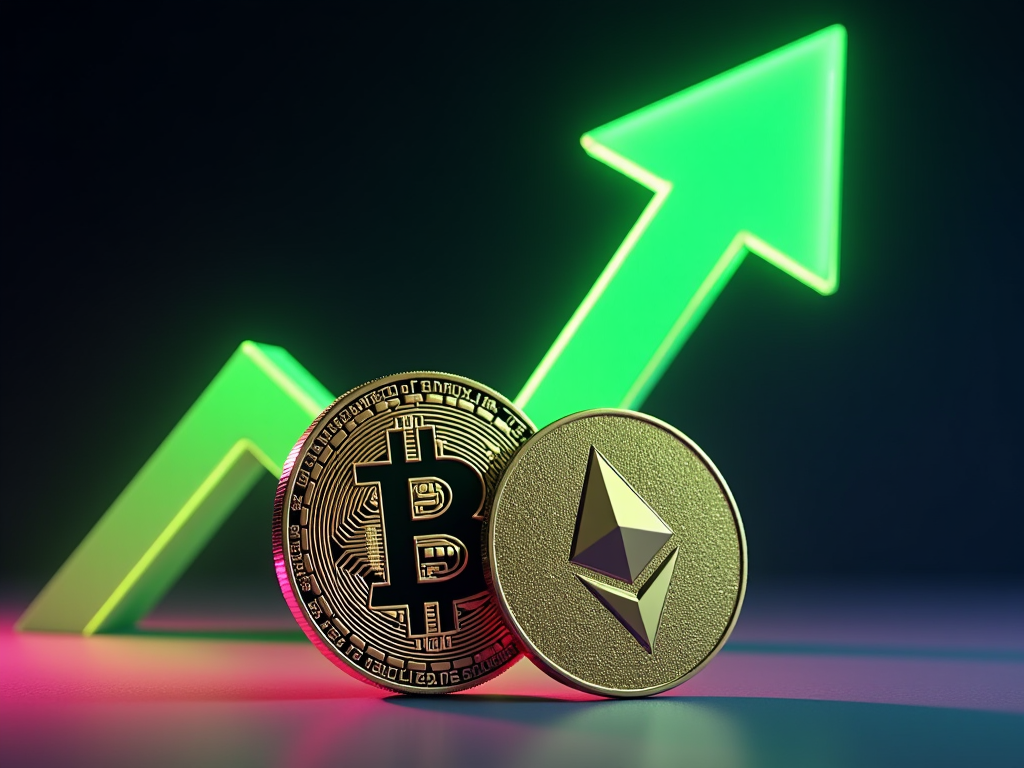Overview
XRP is a digital asset developed by Ripple Labs Inc., designed to facilitate fast and cost-effective cross-border payments. Launched in 2012, XRP aims to improve the efficiency of international transactions by providing liquidity and reducing the need for pre-funded nostro accounts. XRP operates on the XRP Ledger, a decentralized blockchain that supports real-time gross settlement, currency exchange, and remittance.
Key Features
• Speed: XRP transactions are confirmed within 3-5 seconds, making it one of the fastest digital payment assets.
• Low Cost: Transaction fees on the XRP Ledger are minimal, often costing fractions of a cent.
• Scalability: The XRP Ledger can handle up to 1,500 transactions per second, supporting large-scale payment processing.
• Decentralized Exchange: The XRP Ledger includes a built-in decentralized exchange (DEX) for trading digital assets directly on the network.
Technology
• XRP Ledger: A decentralized blockchain that records all transactions and supports features like token issuance and smart contracts.
• Consensus Protocol: XRP uses a unique consensus algorithm called the Ripple Protocol Consensus Algorithm (RPCA) instead of proof of work or proof of stake.
• Interledger Protocol (ILP): Ripple was developed to connect different payment networks and facilitate cross-network transactions.
Market Performance
• Historic Price Trends: XRP has experienced significant price volatility, with notable peaks and troughs since its launch.
• Market Capitalization: XRP consistently ranks among the top cryptocurrencies by market cap, reflecting its widespread use and adoption.
• Adoption Rate: XRP is used by financial institutions and payment providers to improve cross-border payment services.
Pros
• Fast Transactions: XRP offers near-instant transaction confirmation, making it ideal for real-time payments.
• Low Fees: Minimal transaction costs make XRP cost-effective for transferring value.
• Scalability: The ability to handle a high volume of transactions ensures XRP can support global payment networks.
• Institutional Adoption: Ripple’s partnerships with financial institutions enhance XRP’s credibility and use cases.
Cons
• Regulatory Challenges: Ripple Labs is involved in ongoing legal battles with the SEC, which could impact XRP’s future.
• Centralization Concerns: Despite being decentralized, Ripple’s significant control over XRP and its development raises centralization concerns.
• Volatility: XRP’s price can be highly volatile, posing risks for investors and users.
• Competition: Faces competition from other digital assets and blockchain solutions targeting cross-border payments.
Conclusion and Final Thoughts
XRP offers a fast, low-cost, and scalable solution for cross-border payments, with significant adoption among financial institutions. Its unique consensus protocol and integrated decentralized exchange provide additional functionality, making it a versatile digital asset. However, regulatory challenges and centralization concerns present potential risks. Despite these issues, XRP’s robust technology and established partnerships position it as a critical player in the blockchain-based payments industry.




